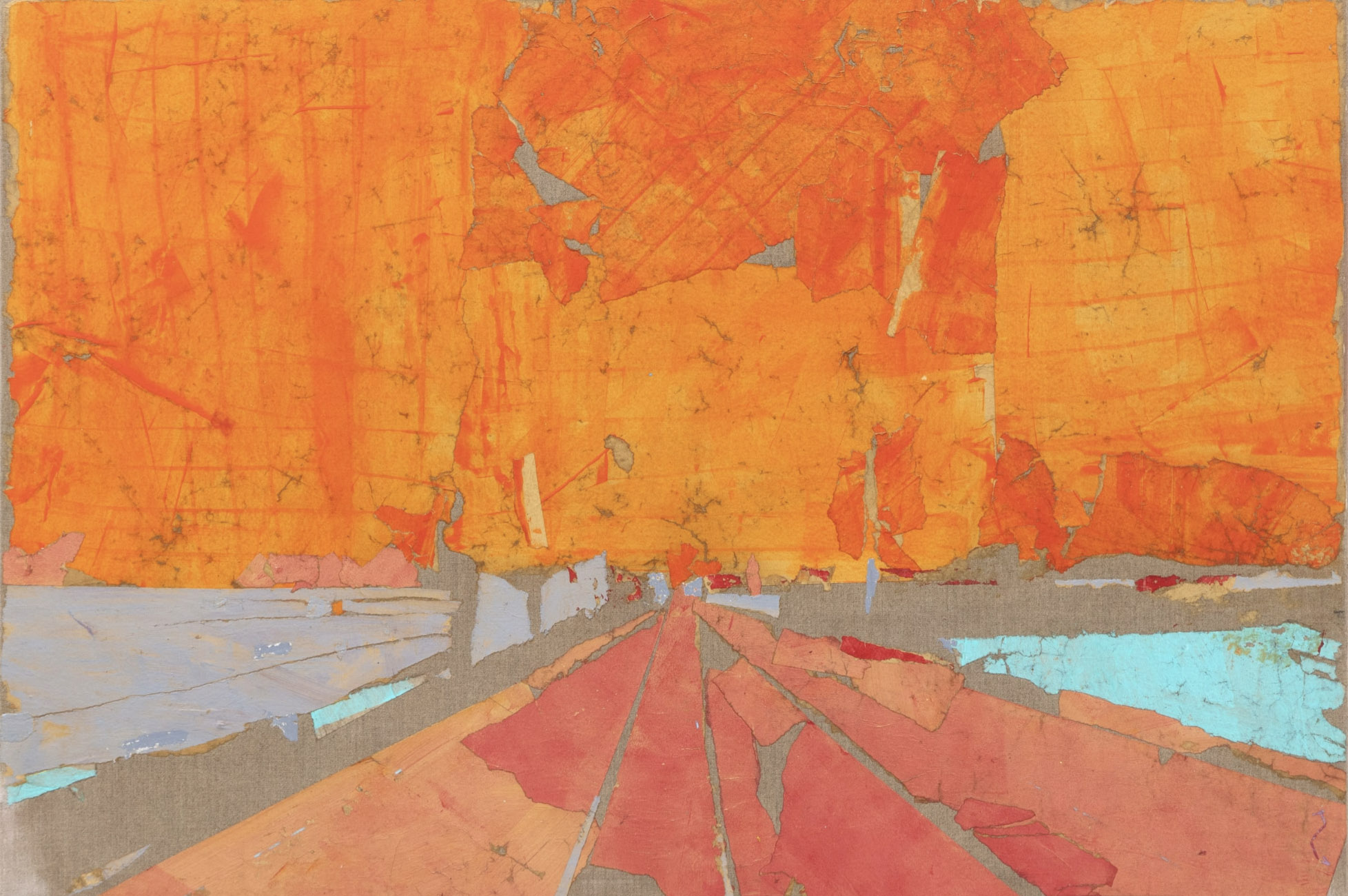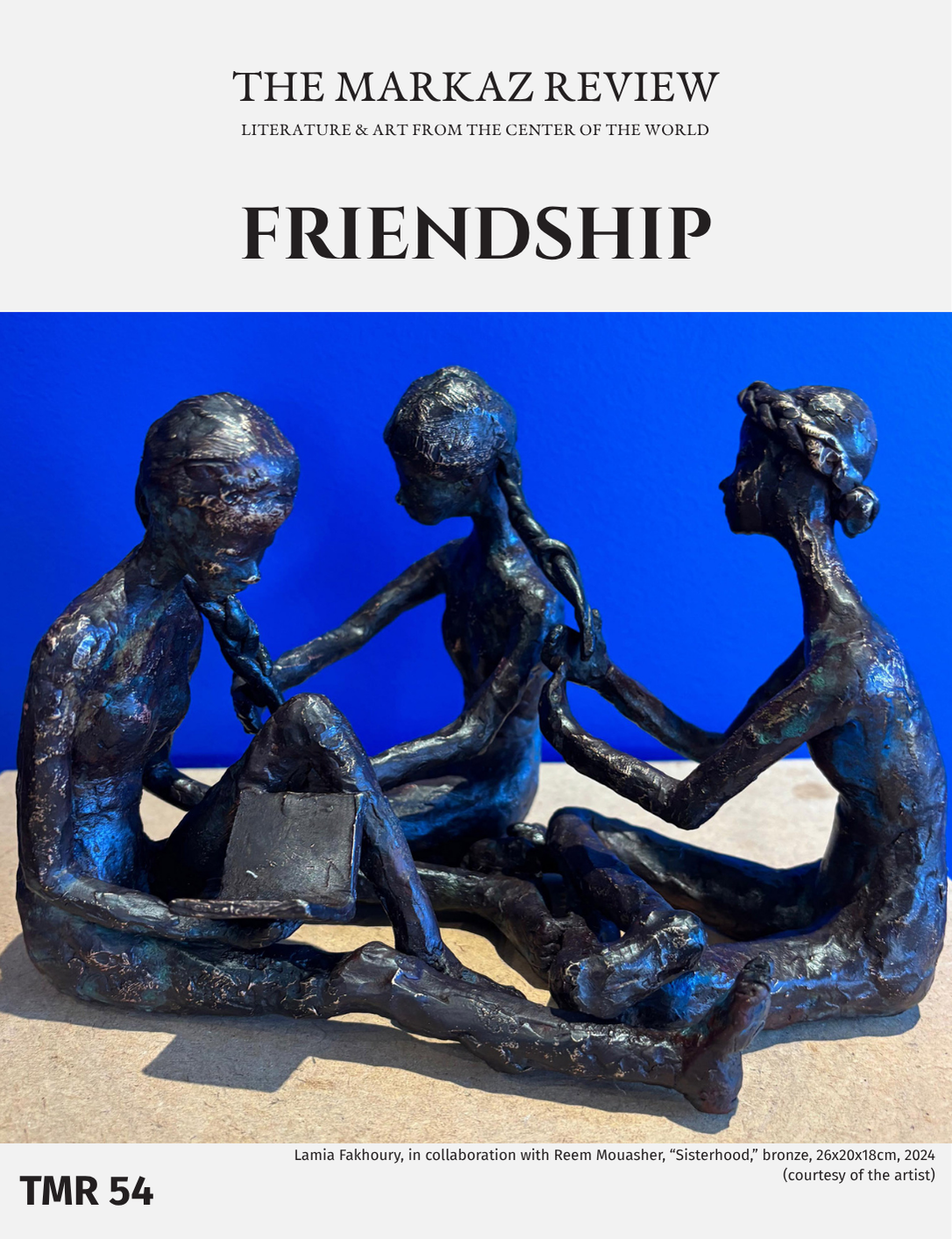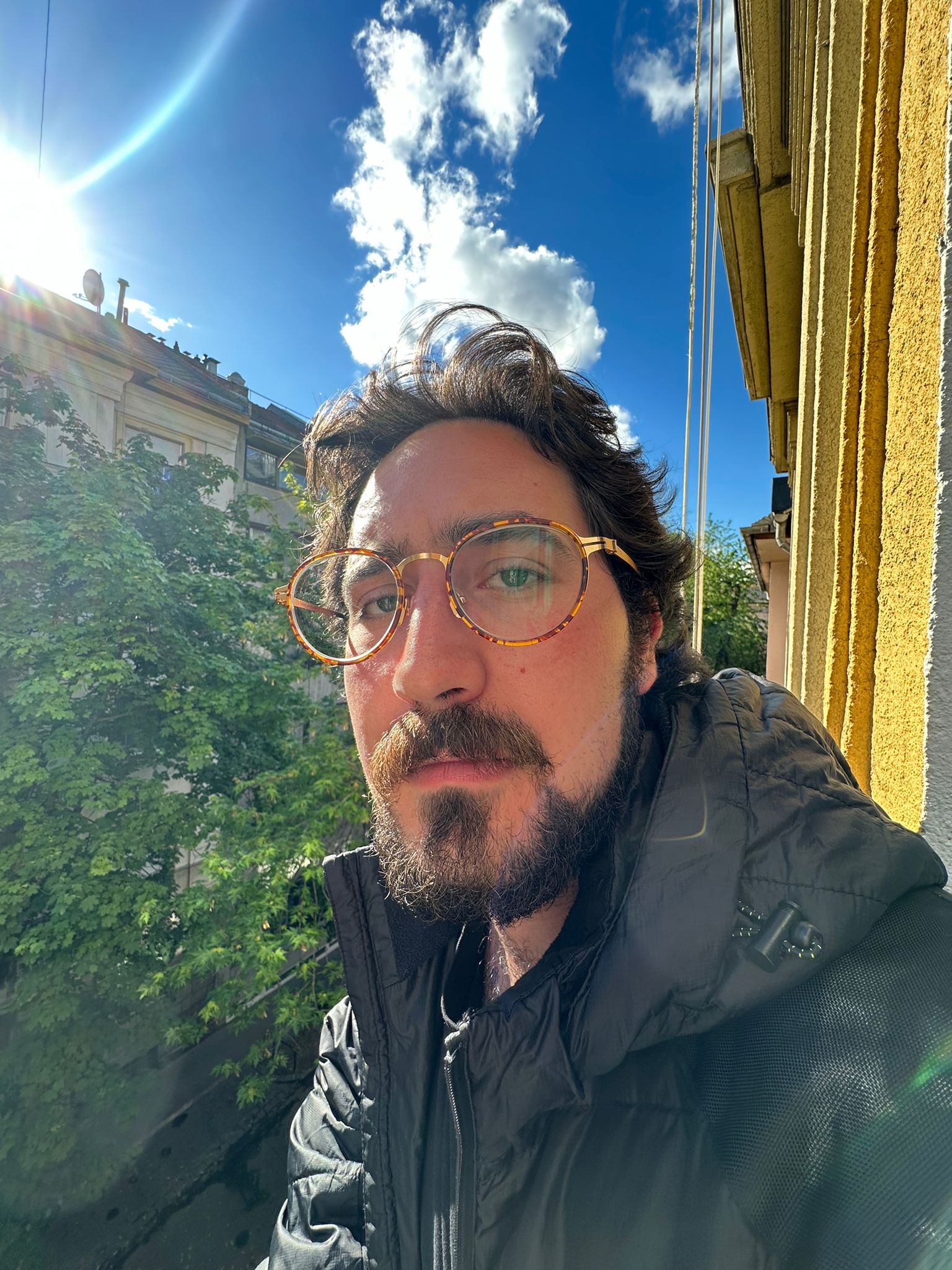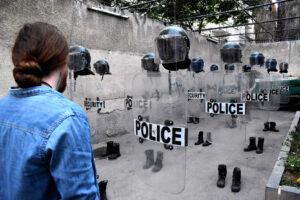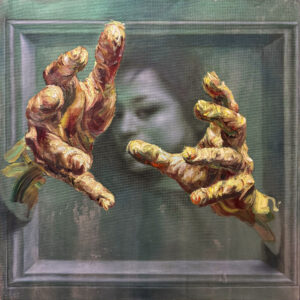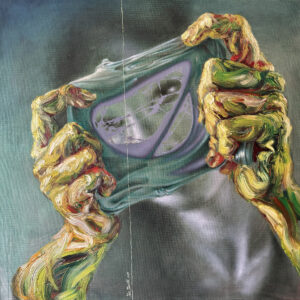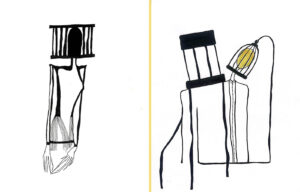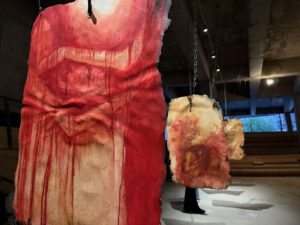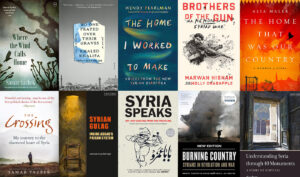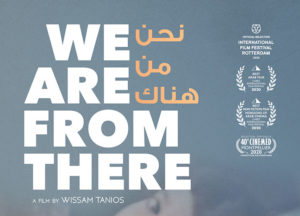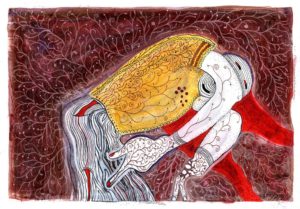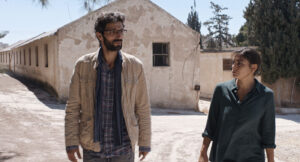An arthouse film takes the Syrian capital by storm. With the help of a console included with the movie, viewers can watch characters from various films interact with one another, weaving their storylines together and forming unexpected friendships.
The arthouse film A Day in Damascus languished in obscurity for decades, until the technology necessary to watch it at home became available in the 21st century, prompting a release. The film would come packaged with a console and a controller, with the controller allowing the viewer to see any one of the two million actors playing inhabitants of the city in any location over the course of twenty-four hours. At first, curious auteurs expected the film to be some experimental project, or alternative unhinged Oscar bait, and thus sped towards the most dramatic storyline; the reconnection of two middle-aged widowed former lovers, reunited over a letter. Initially discarded as “An interesting flick which doesn’t really deserve its runtime,” the discovery that they were watching the stories of different sets of people quickly changed some minds.
The funky auteurs showed the film to their funky friends, who without the obstacle of expertise went deeper into A Day in Damascus. They found pleasant background films of old people playing backgammon in a park, gang thrillers, snuff films, stories of a lost dog later found, and many pornographic asides. Almost any conceivable film that did not rely on magic and could take place within the span of a day could be found in A Day in Damascus.
Soon, viewers noticed that the supposedly discrete films interacted with each other. The young gangster from one film was the grandson of the old man in the park, the actor in one of the pornographic films was the husband in a family comedy, and so on. Immediately afterwards it became clear that the first eight hours of the film, previously considered to be a waste of time given that the majority of characters were asleep, was a treasure trove of context for the other films.
A middle-aged couple reunited over a letter would never know that the letter was planted by the woman’s son. The confusing tale of the visions of the self-proclaimed prophet who would commit suicide at 9:00 p.m., which had previously made no sense, was prompted by a fungal growth in his air-conditioning unit which would lead to a series of psychedelic hallucinations. The fungal growth itself was the result of the air-conditioning repairman’s consistent tardiness due to overwhelming paranoia that his wife was cheating on him, which she was with the husband from the family comedy, all of which occurred before daybreak.
At a certain point the allure of exploration morphed for a quest for meaning spurred on by the simple question, “Does the film have a plot?” Was there, in fact, a correct way to enjoy A Day in Damascus?
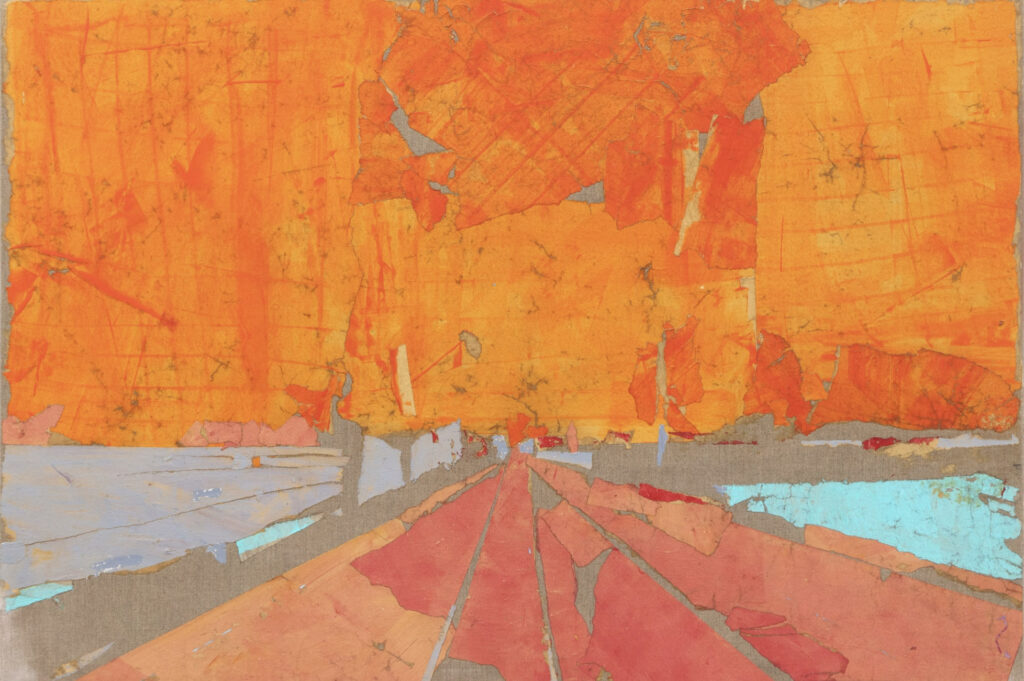
The community that had rallied around the film, a few hundred thousand in number, reasoned that if they merely each focused on one actor, they would eventually see every possible thread and would thus be far more well-equipped to discover the true meaning of the film. A few days of non-stop watching later, they realized the futility of this exercise. Without the interpersonal connections, movements from one place to another, and context provided by others, none of the stories made any sense.
It was discovered, however, that there was one individual, a man in a hospital, who appeared to miraculously wake from a coma with no explanation around 12:05 a.m. This was briefly theorized to be the start of the intended path, but only until the ex-coma-patient’s random, gory, and entirely self-inflicted death at 3:00 p.m. due to a car crash, for it appeared he’d forgotten how to drive.
Using the former coma patient as a focal point led to the discovery of numerous tiny miracles in the film, almost all of which were near the beginning and in approximately reasonable proximity to each other, but there didn’t appear to be anything in common beyond that. The starting thread seemed visible, but still out of grasp.
Every other story found in A Day in Damascus was fully naturalistic with coincidence but without miracle, except for the ex-coma-patient and the few people around him. Arguments shook the community that had rallied around the film, some suggesting that this was the only lead they had, and they should follow it. Others alleged that there was an explanation somewhere else in the city. A small group even suggested that the ex-coma-patient was in fact meaningless, a red herring. In the midst of these fundamental debates which threatened to destroy any chance of finding some meaning within the film through teamwork, somebody discovered the credits.
On a TV set in an abandoned house in the suburbs, from 12:01 a.m. to 11:59 p.m. the credits showed every one of the two million actors, 500,000 crewmembers, and most importantly, the hitherto unknown writer and director. Though the film was quite old, the writer was alive, if rather elderly. The community of weirdos, auteurs, artists, and random unemployed people with far too much time on their hands who had devoted months to this movie reached out to the writer, expecting little by way of response. Surprisingly, he not only agreed, but seemed enthusiastic. As such, a few of those who had been most devoted to the film (and happened to live nearby) were chosen by consensus to meet the old writer and interview him.
The writer’s house was stacked with books, loose papers, and writing instruments. He had a large, hooked nose, thick glasses, and tufts of white ear hair. He made the interviewers strong, excellent coffee, and sat down with them. After some small talk, shivering with anticipation, the most senior among them asked the old writer about the intended route, the plot, and the meaning of the film A Day in Damascus.
The old man looked at him, grinned, and replied, “It’s just a movie.”



